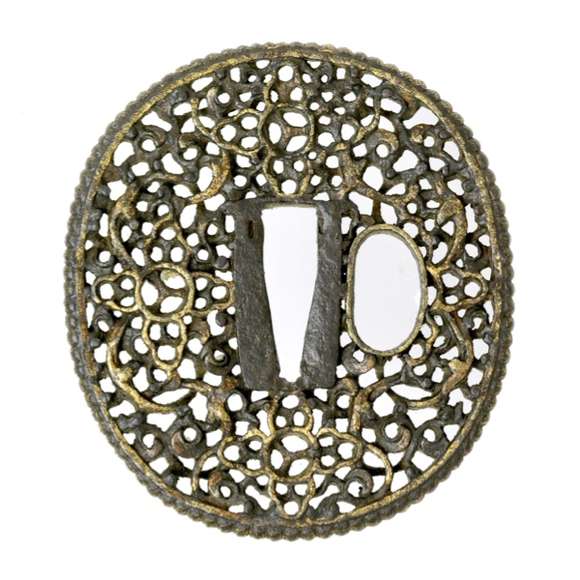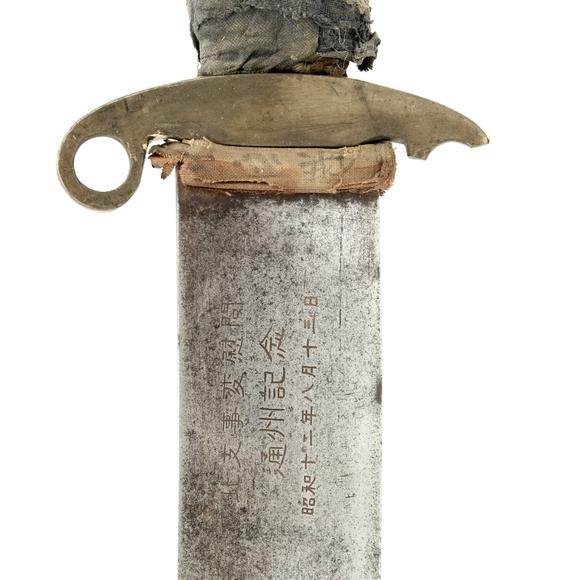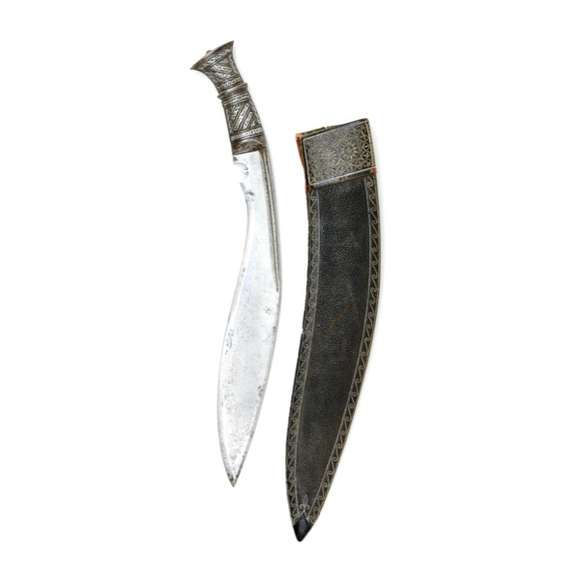An understated, elegant khukuri of substantial proportions with fine layered blade.

Sheathed 33 cm
Knife 28.4 cm
17.3 cm
Base 5.4 mm
Base 13.6 mm
Tip 10.5 mm
Set 203 grams
Knife 94 grams
Iron, steel, horn, silver, wood, red coral, malachite, lapis lazuli
Mongolia or Northern China
19th century
From an American collection
Description
A Mongolian trousse with horn hilted knife. The blade is forged with a separate high-carbon edge plate that is shown under a wavy demarcation between mild and hard steel. This wavy line is called horse-tooth by collectors, and is accomplished by making indentations into the edge and then polishing flat again. The pattern tends to distort somewhat after polishing, as seen here, where the wavy lines become less even in places where it has seen more sharpening.
The blade has two narrow grooves on either side and is stamped with a mark on one side that appears to read 工 (gōng) meaning "work". This is more often seen on blades from northern trousse, usually in Chinese or Mongolian style.
The scabbard is made of hardwood with silver mounts. The mounts are decorated with scrolling vines in relief. On each side are four bezels with Tibetan-style stones and corals, consisting of malachite, lapis lazuli, and two corals each. Two of the stones were missing and were replaced by Haarlemse Zilversmederij K.H. Schermerhorn, Hofleverancier. (Purveyor to the Dutch court).
The black hardwood chopsticks are embellished with silver tips, caps, and bands.
Overall a nice, quality ensemble.


















A very rare Chinese saber guard dating from the height of the Qing dynasty.
With markings attributing it to the Tongzhou incident and a Japanese surrender tag.
Of classic shape, with a leaf-shaped blade on a socket, connected by a cast bronze base.
With iron, silver overlaid hilt. Its associated scabbard features fine quillwork.






